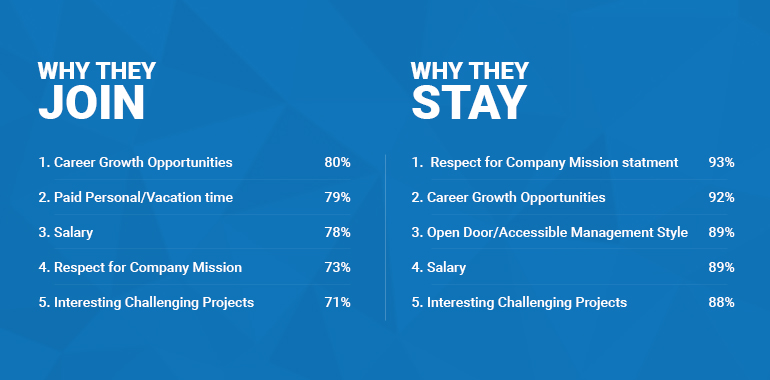Leadership Bench Crisis
During the recent recession, there was limited investment in the development of younger, mid-level workers. This lack of focus on growing the leadership bench resulted in a serious skill gap in many workforces.
As organizations begin to recognize their talent predicaments, many are developing strategic talent pipelines and are taking a second look at the value of mentoring programs, either formal (a structured process) or informal – letting mentors and mentees design the relationship. They are finding that mentoring can be an extremely valuable tool for both growing and retaining key associates.
The Cost of Turnover
The cost of consistent turnover among potential leaders cannot be underestimated. A recent survey (by the Manpower Group) of more than 38,000 employees in 42 countries revealed that 35 percent said they are experiencing difficulty filling jobs due to the lack of available talent. One out of four employers blamed their inability to fill positions on increased employee turnover.
A second survey (by Deloitte Touche Tohmatsu Ltd.) found that 75 percent of young workers surveyed believe their organizations could do more to develop future leaders. An analysis of these findings (by Deloitte Consulting principal Bill Pelster) identified a strong mentoring culture as an effective tool that calls on each generation to develop the next generation and create value in the organization.
At the same time, even in organizations without formal mentoring programs, it’s becoming more and more common for mentors to be sought out by younger associates, especially those who’ve become frustrated by the pace of their career growth. Partnering with more-seasoned workers, Generation Y associates (Millennials) are creating their own versions of mentoring relationships that best meet their needs.
The Value of Mentoring
Even mentors are finding rich rewards in these relationships as they’re exposed to new ideas and technology. And organizations as a whole benefit by this sharing as sharp younger workers find their needs for a strong mission and career growth opportunities fulfilled, and turnover is reduced among potential future leaders.
Mentoring benefits firms by engaging and retaining the best talent, increasing satisfaction and employee loyalty, developing a qualified pool of future leaders, fostering cross-generational understanding, reducing turnover cost and giving firms a competitive edge.
Mentoring benefits mentors by giving them different perspectives from newer and younger staffers, new skills (especially technological), increased respect, and the satisfaction of making a difference and building the firm.
And mentoring benefits mentees because they gain career direction and support from an expert, get help “learning the ropes”, receive a different perspective on situations, gain new insights into the organization’s goals/culture/values, develop a network of supporters, and gain new opportunities for promotion and transfers within the organization.
Retention and Promotion

One study (AICPA-PCPS) found that employees join a firm primarily for career growth opportunities (80%), paid personal/vacation time (79%), salary (78%), and respect for the firm’s mission statement (73%). But employees stay with a firm because of respect for the firm’s mission statement (93%), career growth opportunities (92%), open door/accessible management style (89%) and salary (89%). One way to support these evolving needs is with a strong mentoring program.
In fact, a study of 1,000 workers over five years (Gartner) revealed that retention rates were higher for both mentees (72 percent) and mentors (69 percent) than for associates who did not participate in mentoring programs. Also, mentees were promoted five times more often than those not in a mentoring program, and mentors were promoted six times more often!
Do you have a well thought out mentorship program? We would love to talk with you if you are interested in developing a mentorship program! Also, you should see my post on the benefits and components of successful onboarding and see 5 key parts of successful and practical onboarding.



